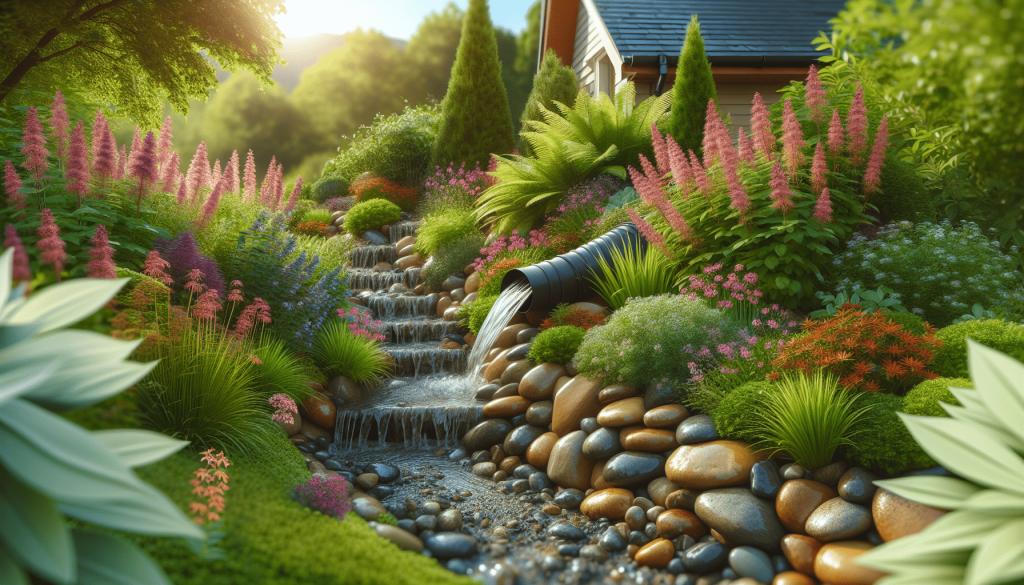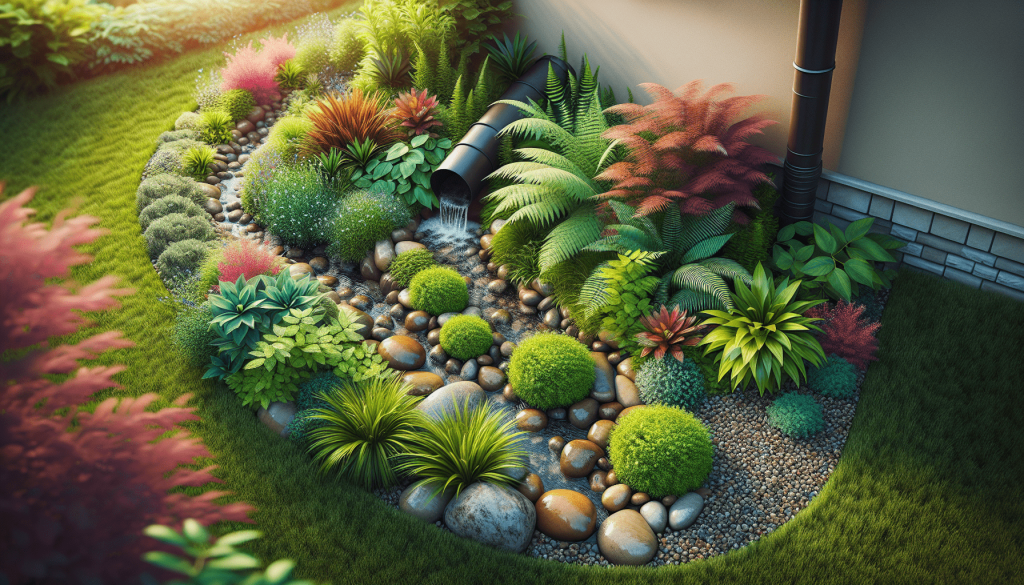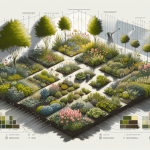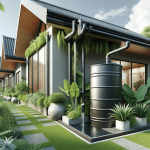This post may contain affiliate links. As an Amazon Associate, we may earn commissions from qualifying purchases.
Are you looking to manage storm water runoff in a sustainable and beautiful way? Creating a rain garden might be the perfect solution for you! In this article, “How Can I Design A Rain Garden To Manage Storm Water Runoff?” you’ll discover step-by-step guidance on how to design and construct a rain garden that not only helps control water runoff but also enhances the aesthetic appeal of your landscape. You’ll learn about selecting the right location, choosing suitable plants, and understanding essential design principles to ensure your rain garden is both functional and visually stunning. Whether you’re a seasoned gardener or a beginner, this guide will help you create a thriving rain garden to benefit your environment. Have you ever wondered how you can design a rain garden to manage storm water runoff? This method not only helps in managing excess water but also beautifies your landscape and bolsters the local ecosystem. Let’s explore together the ins and outs of designing a rain garden that can effectively handle storm water runoff.
What is a Rain Garden?
A rain garden is a shallow, planted depression in your landscape that allows rainwater runoff from impervious surfaces like roofs, driveways, or streets to be absorbed. It is designed to temporarily hold and soak in storm water through soil and plants. The idea is to mimic the natural water cycle in a controlled manner, alleviating some pressure from urban stormwater systems.
Benefits of a Rain Garden
Creating a rain garden comes with a host of advantages, making it an excellent choice for environmentally conscious homeowners. Here are a few key benefits:
- Water Conservation: Rain gardens recharge groundwater supplies, reducing the need for irrigation.
- Pollution Reduction: They filter out pollutants from runoff before they can enter local water bodies.
- Flood Control: By holding excess water, rain gardens help reduce the risk of flooding.
- Wildlife Habitat: Native plants in rain gardens offer habitat for birds, butterflies, and beneficial insects.
How Does a Rain Garden Work?
At its core, a rain garden collects runoff water in a shallow depression, where it is slowly absorbed by the soil and taken up by plant roots. These plants and soils act like a sponge, filtering out pollutants while allowing the water to percolate down into the groundwater table.
Steps to Design Your Rain Garden
Designing a rain garden involves several steps, from selecting the right location to choosing the appropriate plants. Let’s break these down one by one.
Step 1: Identify the Best Location
The first step in creating a rain garden is identifying the optimal location in your yard.
Considerations for Location:
- Proximity to Runoff Source: Place your rain garden downslope of a runoff source like a roof downspout or driveway.
- Distance from Structures: Ensure it’s at least 10 feet away from buildings to avoid water damage.
- Soil Drainage: Test the soil drainage by digging a small hole and filling it with water. If it drains within 24 hours, your soil is suitable.
Step 2: Determine the Size and Shape
The size and shape of your rain garden will depend on various factors, including the size of the runoff area and your garden’s natural conditions.
| Factor | Description |
|---|---|
| Runoff Area Size | Calculate the area from which water will drain into the garden (e.g., the surface area of your roof or driveway). A general rule of thumb is to make your rain garden about 20-30% the size of the impervious surface it will collect water from. |
| Shape | Shape your garden to fit naturally with your landscape. Common shapes include kidney, oval, or free-form, making sure the base is flat. |
Step 3: Choose an Appropriate Soil Mix
Selecting the right soil mix is crucial for the effectiveness of your rain garden.
Soil Composition:
- Sand (50-60%): Ensures good drainage.
- Topsoil (20-30%): Provides nutrients for plants.
- Compost (20-30%): Improves water retention and adds organic matter.
Mix these components well to create a soil blend that promotes good drainage and plant growth.
Step 4: Select Suitable Plants
Choosing the right plants is essential for a thriving rain garden. Focus on native species, which are well-adapted to local conditions and require less maintenance.
Types of Plants:
- Deep-rooted Plants: Help with water absorption and soil stabilization.
- Flowering Perennials: Offer color and attract pollinators.
- Grasses and Sedges: Provide structure and support to the garden.
Some examples of suitable plants for rain gardens include Black-eyed Susan, Joe-Pye Weed, and Switchgrass.
Step 5: Construct the Rain Garden
Now that you’ve planned your rain garden, it’s time to start building.
Key Construction Steps:
- Excavate: Dig the depression to the desired depth, typically 6-12 inches.
- Level the Base: Ensure the bottom is flat to evenly distribute water.
- Add Soil Mix: Fill the depression with your prepared soil mix.
Step 6: Plant Your Selections
Carefully plant your chosen species according to your design plan.
Planting Tips:
- Arrange Plants by Zone: Place water-tolerant plants in the center and drought-tolerant plants towards the edges.
- Mulch: Apply a layer of mulch to retain moisture and suppress weeds.
Step 7: Maintenance and Upkeep
Regular maintenance will help your rain garden thrive.
Routine Tasks:
- Watering: Initially, water the garden regularly until the plants establish.
- Weeding: Remove weeds to reduce competition for nutrients and water.
- Pruning: Trim plants to maintain the desired shape and size.

Managing Storm Water Runoff Effectively
Understanding the broader context of storm water management can further enhance the effectiveness of your rain garden.
Why Manage Storm Water Runoff?
Storm water runoff can lead to various issues such as soil erosion, water pollution, and flooding. Managing it efficiently promotes environmental health and sustainability.
Integrating Additional Features
To amplify the impact of your rain garden, consider incorporating other features:
- Rain Barrels: Collect and store roof runoff for garden irrigation.
- Permeable Paving: Allows water to infiltrate rather than run off.
- Swales: Channels that direct water to your rain garden.
Community Impact
Promoting rain gardens in your community can significantly impact local water quality and ecosystem health. Share your experiences and knowledge with neighbors to encourage wider adoption.
Conclusion
Designing a rain garden is a rewarding endeavor that benefits both your home and the environment. By choosing the right location, soil mix, and plants, and by committing to regular maintenance, you can create a beautiful, functional garden that effectively manages storm water runoff. So, roll up your sleeves, get your hands dirty, and enjoy the process of bringing a rain garden to life in your landscape. Happy gardening!









